Considering vitamin a needs to be introduced to the skin in a very particular way (start low, start slow), know that adding even more actives into your routine can be just as tricky. There needs to be some care, some planning, and a touch of know-how too.
Itching to understand if your vitamin a is compatible with your vitamin c serum? Thought so. We dish out the details on that pairing below. Plus a few more.
AHAs
A pairing renowned for their individual (and collective!) ability to leave skin ludicrously glowy. Alpha Hydroxy Acids are a type of chemical exfoliant, and like the good (gentle!) exfoliant they are, they help speed up cell turnover, remove dead skin cells, reduce congestion, and maintain overall skin health. Layering these two isn’t a total dealbreaker. But this depends on your skin type and tolerance for stronger ingredients. So we recommend a patch test first. Before slowly building up application.
BHAs
A no-go for the retinoid family is BHAs (like, salicylic acid). Similar to vitamin c there is a good chance that combining these two in your skincare routine may lead to dryness, redness, flaking. In other words: Don’t! Please! Using them on alternate nights is fine. If you introduce them both slowly. But layering the two is a recipe for x1 very angry moisture barrier.
Vitamin C
Perhaps the most popular active ingredient of the last few years. And despite being widely considered as skincare must-haves, vitamin c and any vitamin a derivative are best kept apart. Why? Because together there’s a good chance they will overwhelm your skin and lead to irritation. Layering the two can also impact their pH levels - this messes with the efficacy of both products and has the potential to stop them from working their absolute best. Keep your vitamin c for the AM and any vitamin a products for the PM.
Vitamin E
A powerful antioxidant that plays a crucial role in overall skin health; vitamin e is known for protecting the skin from UV radiation, environmental stressors, and free radicals. It’s another ingredient that can help to boost hydration and assist with skin repair and healing. And! It doesn’t hate sharing your face with vitamin a either. But we’d still recommend proceeding with caution. Layer lightly to see whether your skin can tolerate this level of activity.
Hyaluronic Acid
Not only can you use vitamin a and hyaluronic acid together, many skin experts encourage as much! Hyaluronic acid makes it easier to reap the rewards of retinol/retinal. It provides a much needed moisture boost to counteract the potential dryness that comes with vitamin a use. Hyaluronic acid increases permeability of the skin too, prompting your retinol or retinal to really sink into the skin and leave your face looking clearer, smoother, and seriously hydrated.
Niacinamide
Another pair that can coexist in harmony! Niacinamide, when used with vitamin a, can help to strengthen and/or maintain strength of the skin barrier. It also boasts some calming properties which will soothe any reactivity in the skin (which vitamin a is known to initiate). Niacinamide can also stimulate the skin’s natural production of beneficial fatty acids and ceramides, which reinforce vitamin a’s ability to improve the skin’s look and feel. Nice.
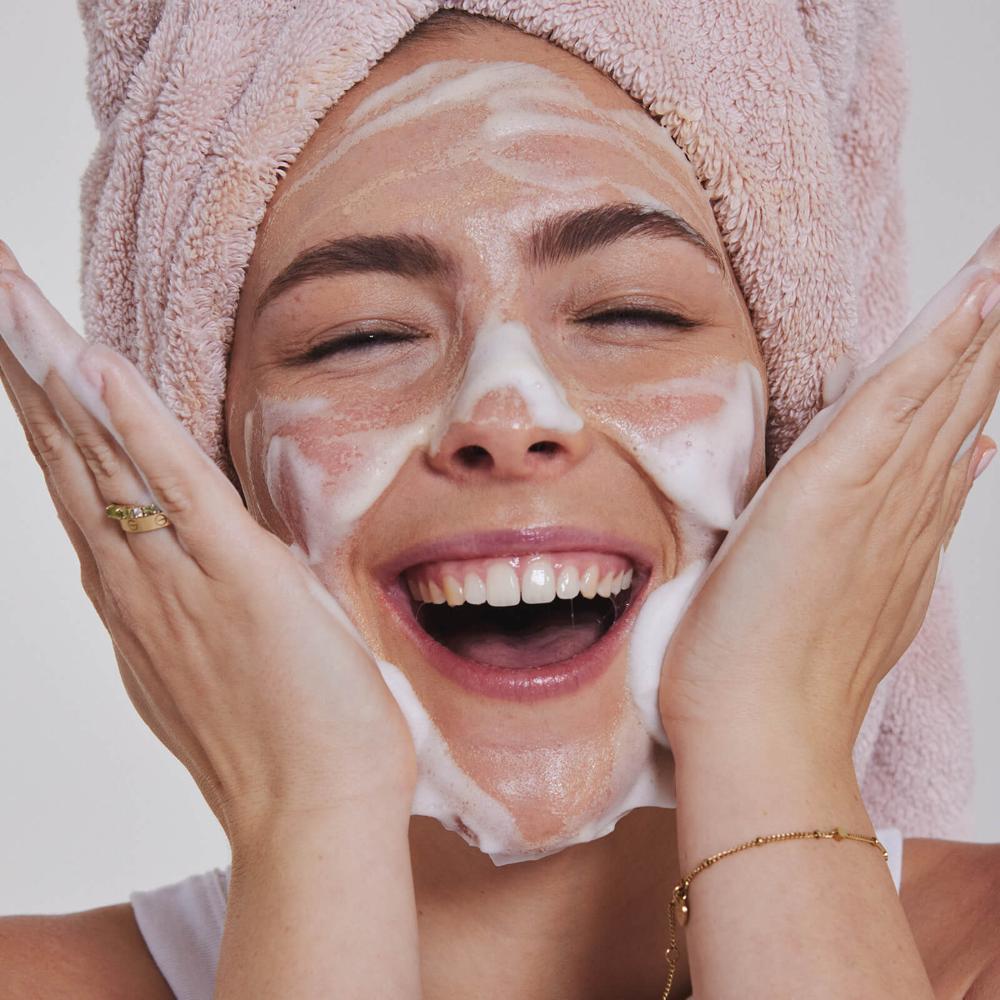
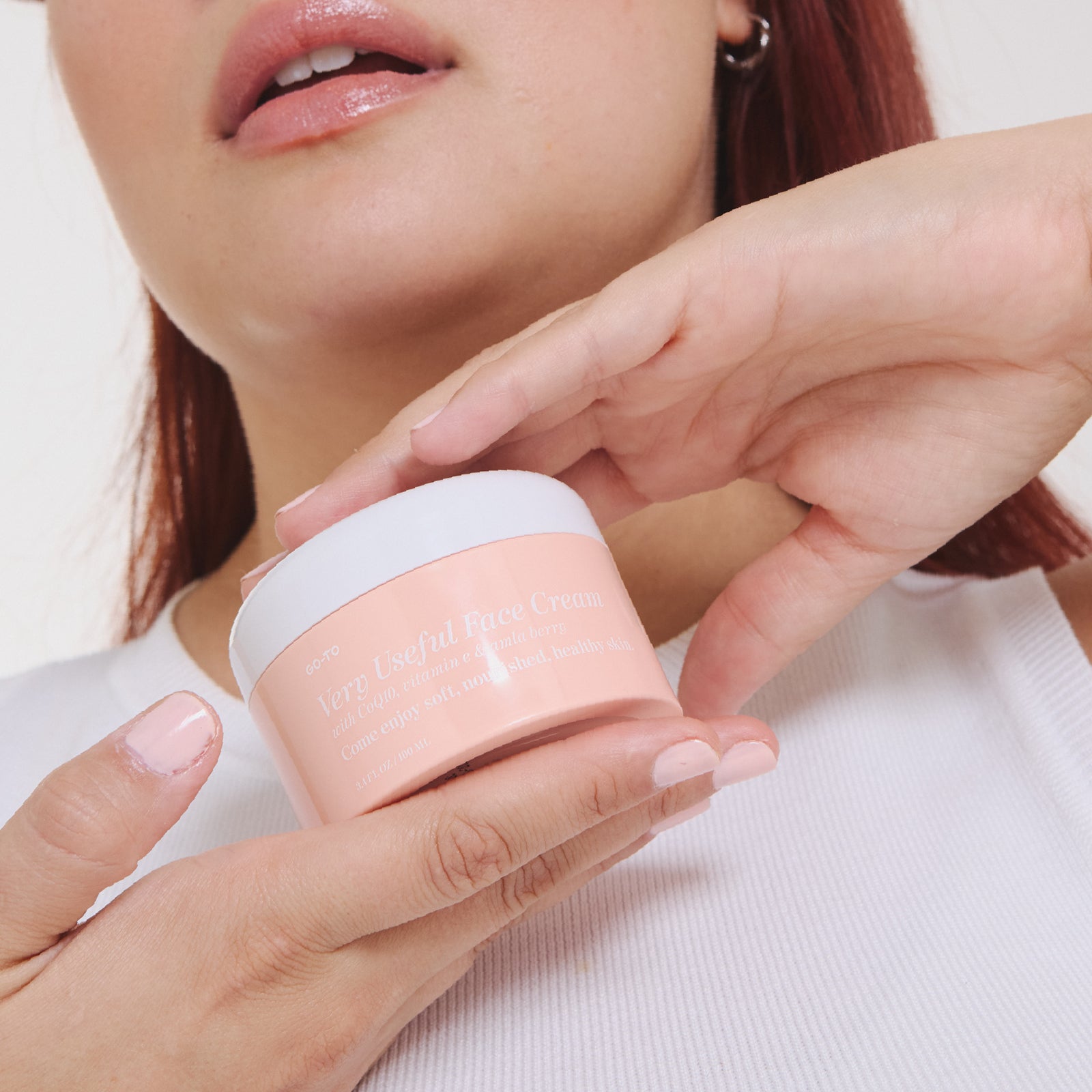

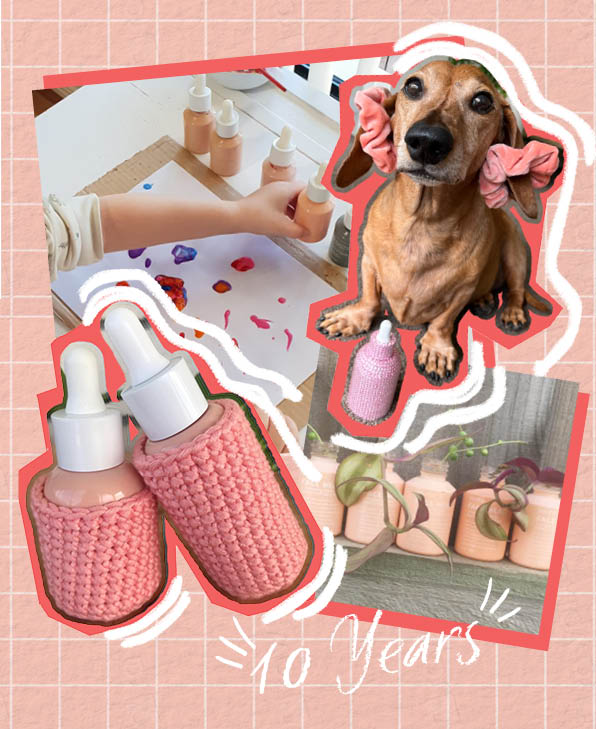

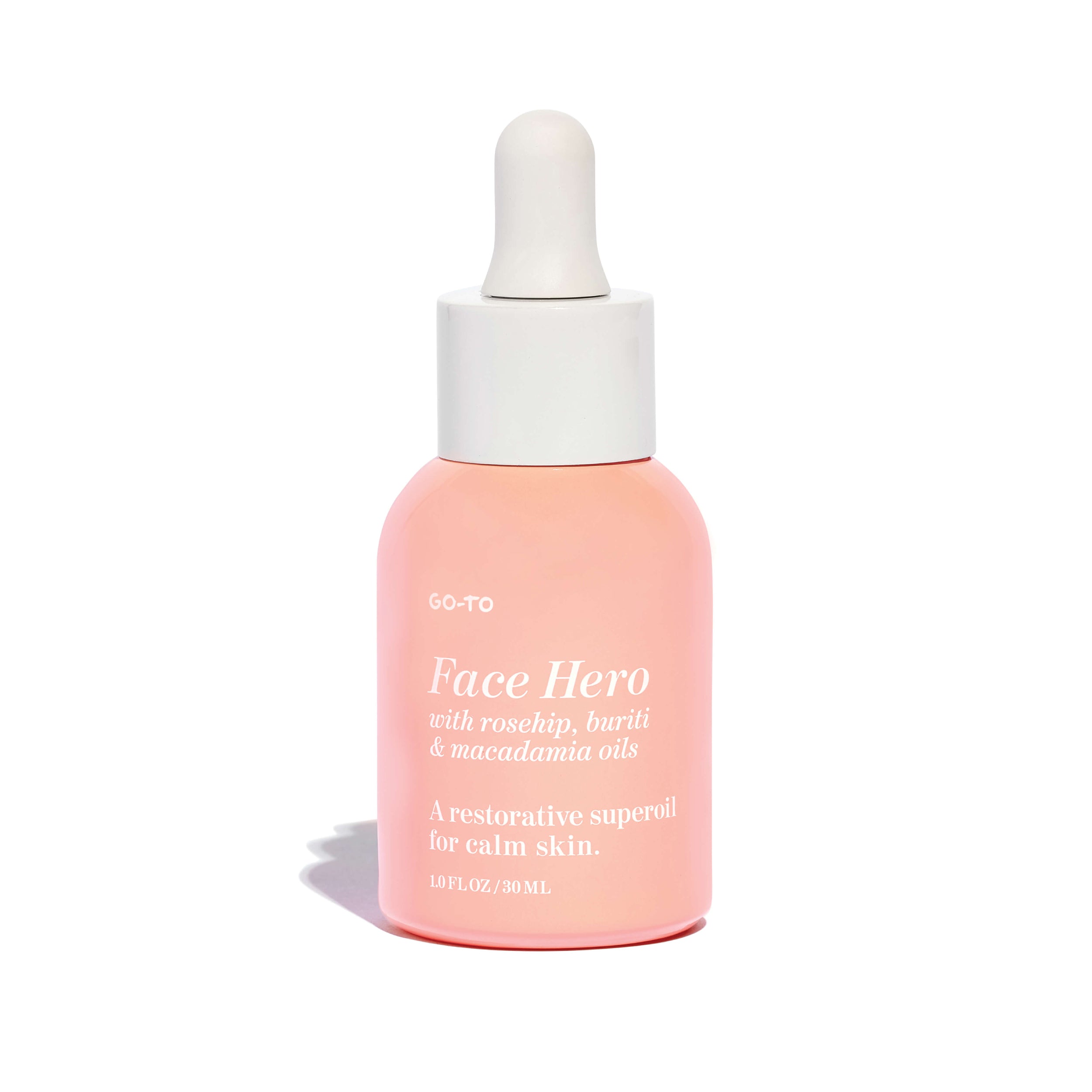
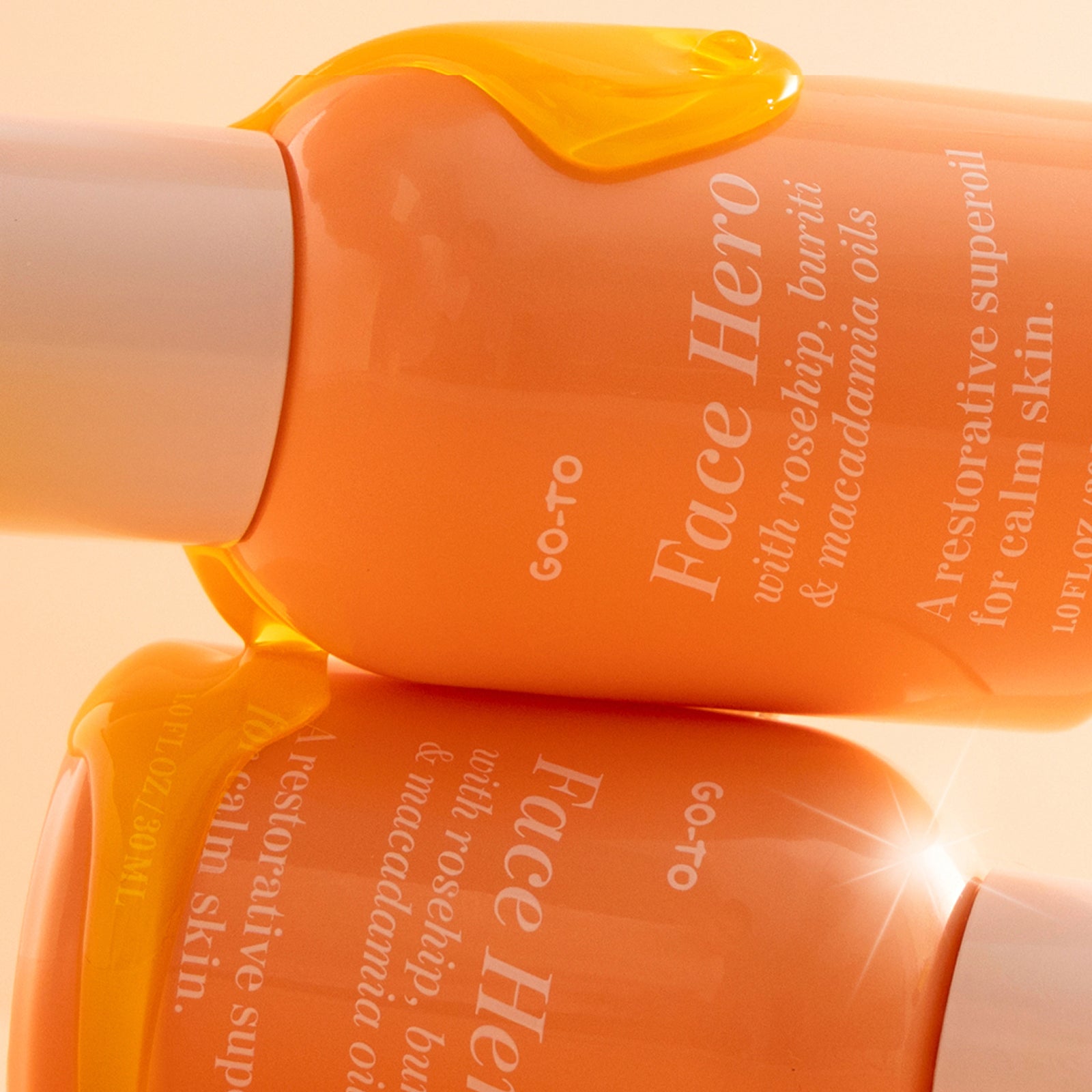
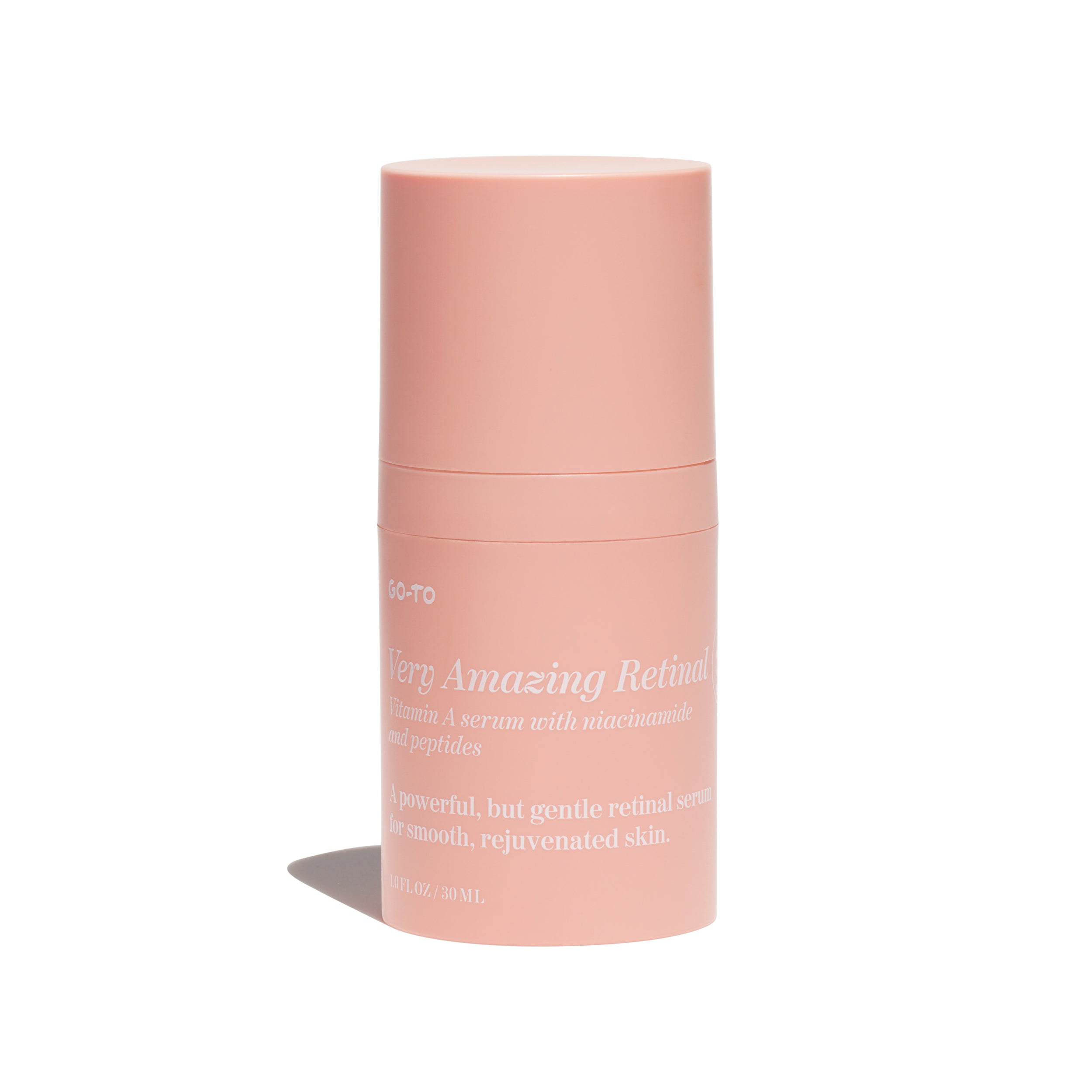


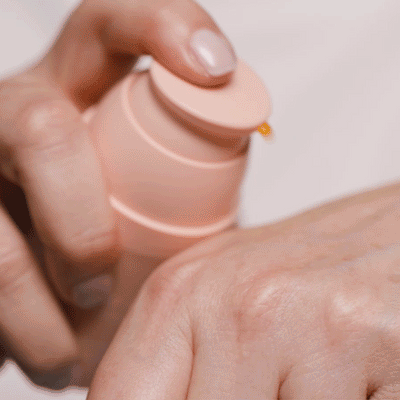




Comments